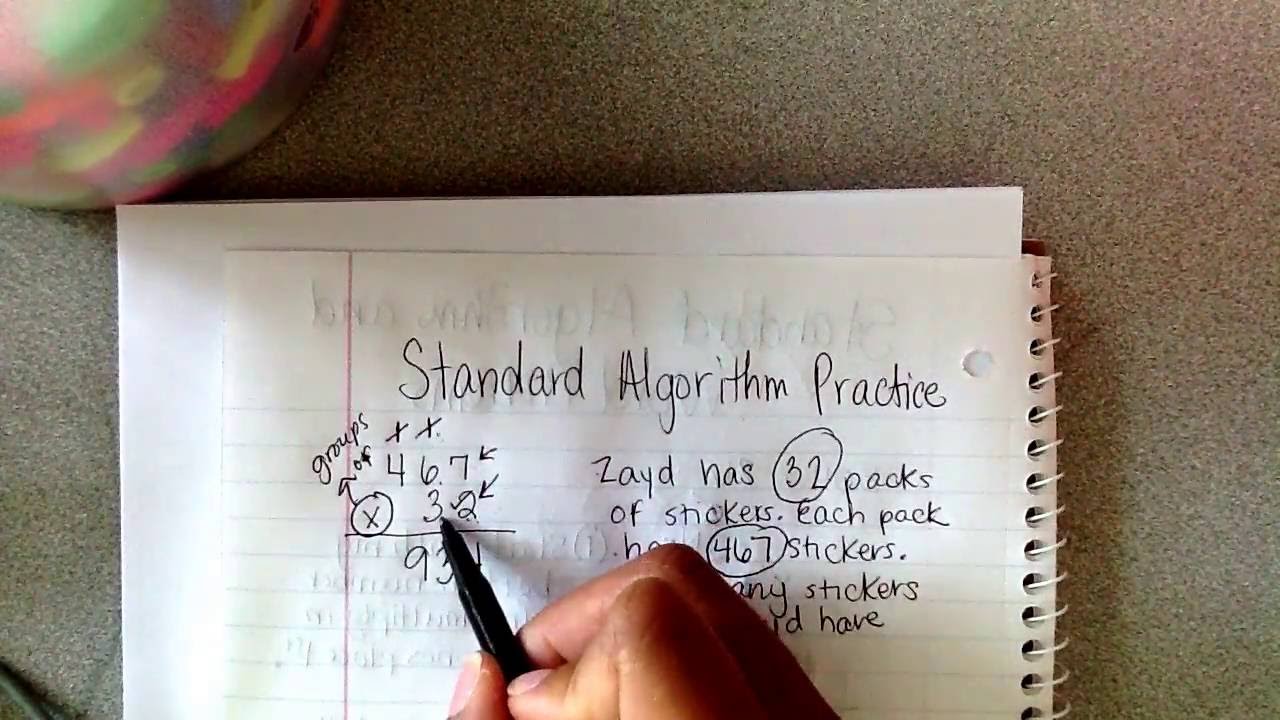
1. 주식가격
하나의 주식이 오르고 내린다. 오르고 내린 가격들이 적혀있다. 이때 각 시간대별로 떨어지지않은 구간이 몇초인지 리턴하면 된다.(언제나 예시를 보면서 알아보자!)
prices return
[1, 2, 3, 2, 3] [4, 3, 1, 1, 0]0초일때 1$ 하던 주식은 끝까지 떨어지지 않으므로 4초간 유지된다고 할 수 있다.
1초일떄 2$ 하던 주식은 3초간
2초일때 3$ 하던 주식은 1초간
3초일때 2$ 하던 주식은 1초간
4초일때 3$ 하던 주식은 0초간 유지된다. 그러므로 위와 같은 시간 분포도가 리턴된다.
그럼 코드로 구현해보자
2. 접근 방법
내가 짠 코드랑 다른 사람의 코드 두가지를 소개하겠다.
내가 짠 코드는 이중 포문으로 되어있다.
- pseudo code
- found boolean값을 만든다.(값이 떨어지지 않으면 현재 idx에서 끝 idx를 빼주면 된다)
- 이중 포문을 만든다
- 안쪽포문에서 자신보다 작은 값이 있는지 찾는다.
- 계산해서 answer에 push해준다.
function forLoop(prices) {
let answer = [];
let stock;
let found = false;
for (let i = 0; i < prices.length; i++) {
stock = prices[i];
found = false;
for (var j = i + 1; j < prices.length; j++) {
if (stock > prices[j]) {
answer.push(j - i);
found = true;
break;
}
}
if (!found) answer.push(j - i - 1);
}
return answer;
}이번에는 스택 자료구조를 써보겠다. 이때 stack에는 pricesIdx를 저장하고 나중에 그 idx에 맞게 answer에 값을 입력하면 된다.
- pseudo code
- prices를 순회하면서 떨어진 가격이 검색중
- 발견되면 바로 계산해서 answer에 원하는 위치에 입력
- 아니면 idx를 stack에 입력
- stack에 따라서 answer에 계산해서 입력함
- prices를 순회하면서 떨어진 가격이 검색중
function stack(prices) {
let answer = Array(prices.length).fill(0);
let pricesIdx = [];
let length = prices.length;
for (let i = 0; i < length; i++) {
while (
pricesIdx.length &&
prices[i] < prices[pricesIdx[pricesIdx.length - 1]]
) {
let loweredPricesIdx = pricesIdx.pop();
answer[loweredPricesIdx] = i - loweredPricesIdx;
}
pricesIdx.push(i);
}
while (pricesIdx.length) {
let temp = pricesIdx.pop();
answer[temp] = length - temp - 1;
}
return answer;
}주식가격 끝!
